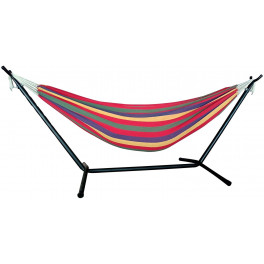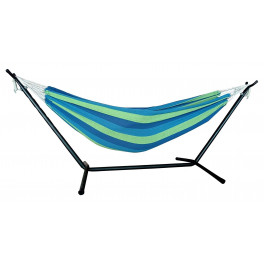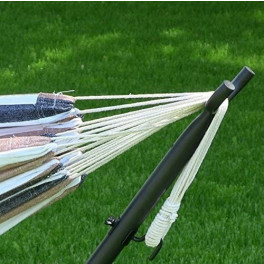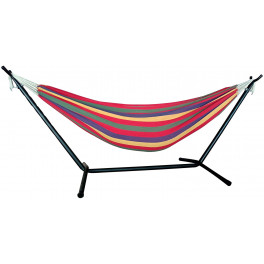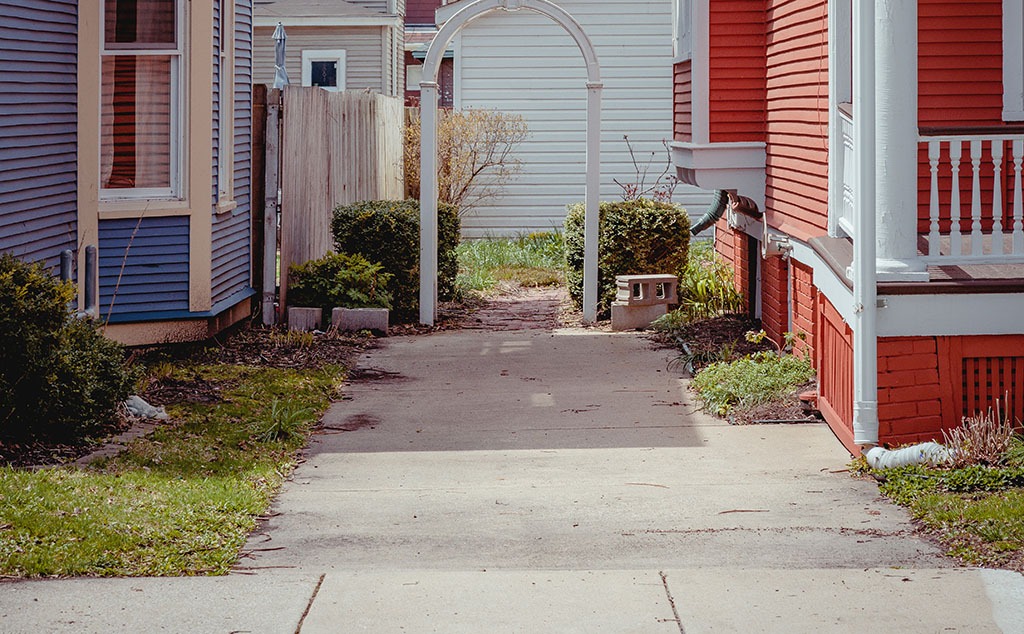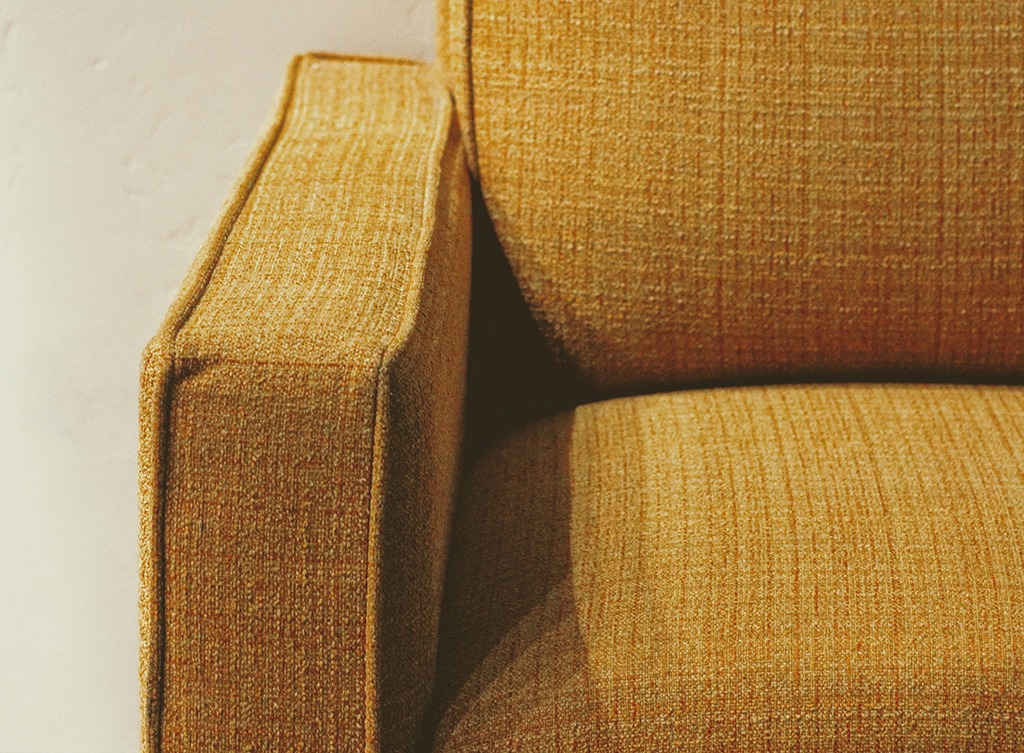So, you know you need to take care of your bushes and trees. But should you prune them? Or should you trim them? What’s the difference? It’s easy to get confused by the terms, and wonder, “What are the best bush and tree cutting techniques?”
In this article, you'll learn the difference between pruning and trimming, as well as how to prune trees and bushes, and how to trim bushes. We’ll also teach you four bush and tree cutting techniques to best maintain your plants. By the time you’re done absorbing all this knowledge, you’ll be clear on your cutting terms, and you’ll not only know which technique to use for each situation, but also which tool is best for each job.
Before we get to that, however, let’s take a quick look at how bushes and trees grow.
A Budding Primer
It’s easier to make sense of pruning and trimming techniques if you understand how trees and bushes grow. This means you need to know a bit about buds.
Trees and bushes have three types of buds. When you know what these types are and what they look like, you’ll know where to make your cuts, depending on what your cutting goal is.
Terminal Buds
These buds grow at the tip of a shoot on the bush or tree. Their purpose is to make the shoot grow longer. To this end, they produce growth-inhibiting hormones that are directed downward along the shoot. These hormones block the growth of other buds on that shoot. If you want your plan to be bushier and not taller, trim off these buds.
Lateral Buds
These buds grow at the sides of shoots. They create the lateral (sideways) growth of a plant. In other words, lateral buds make your bushes bushier. Lateral buds will remain dormant until a shoot has grown long enough to tamp down the effect of the terminal buds’ hormones or until you cut off the terminal buds. If you want a plant to be less bushy and taller, remove the lateral buds to direct growth up to the terminal buds.
Latent Buds
Latent buds are dormant buds that lie just beneath the bark. They won’t kick into gear, so to speak, unless the branch is cut just above them. So, to encourage more growth in a damaged plant, look for latent buds and cut above them.
Pruning vs. Trimming
Gardeners often use the terms pruning and trimming interchangeably. This is understandable because there’s some crossover between the two. In general, pruning a tree or bush is purposeful and careful cutting of a tree or bush to encourage the plant’s health and well-being. Trimming a tree or bush, on the other hand, is usually done to shape a tree or bush or control its size. To confuse the issue, however, sometimes pruning can shape a tree or bush, and trimming can make it healthier. So, you really can’t ever be wrong no matter which term you use.
4 Cutting (both Pruning and Trimming) Techniques
1. Pinching
Pinching is the tool-free way of trimming or pruning a plant. Using your thumb and forefinger, you just pinch off buds. You can pinch off a terminal bud at the end of a plant’s shoot if you want to prevent vertical growth and encourage a plant to grow outward instead, thus coaxing it into a wider, thicker shape. You can pinch of a lateral bud if you want to encourage vertical growth and limit lateral growth.
2. Heading
Heading is done just above a lateral bud. Using hand shears, which are scissor-like trimmers made to fit your hand, you’ll cut a quarter-inch or so up from the lateral bud, whether or not it’s already leafing out. Heading a bush in this way this stimulates the bud, which encourages growth, creating density in the plant.
3. Shearing
Shearing is a trimming technique primarily designed for shaping. It’s used to form a bush or tree into a specific look. Primarily used on shrubs and bushes (especially hedges), this technique pays no attention to buds.
You can shear with hand shears if you like, but it will be a time-consuming process. A more efficient way to do it’s with electric or cordless hedge shears.
Although shearing is a trimming technique intended to control the shape of a bush, it still has an impact on how the bush grows. Because when you shear a bush, you naturally tend to cut off a lot of lateral buds, so you’ll stimulate dense growth in the bush.
4. Thinning
Thinning is a process that removes an entire stem or branch from a bush or tree. When you thin, you either cut a branch off at the point where it grows from the main stem or trunk, or you cut it where it joins another branch.
The tool you use to thin depends on the size of the plant you’re thinning. For branches up to a quarter-inch in diameter, use hand shears. For branches larger than that and up to 1 ½ inches in diameter, you’ll want to use lopping shears aka loppers. These shears have 1- to 2-foot long handles that give you the leverage you need to cut through larger branches. For branches over 1 ½ inches in diameter, use either a pruning saw or a pole pruner. Pruning saws have coarse teeth that cut through a branch on the pulling part of the stroke. Pole pruners are shears that are at the end of a long handle that can usually be extended. You pull on a rope to activate the shears.
Thinning is another technique that crosses the pruning and trimming boundaries. Although it obviously affects the look of the bush or tree, it’s also done to help distribute nutrients throughout the plant and prevent too much density. This happens because cutting off an entire branch will remove a lot of lateral buds.
Now that you understand how bushes and trees grow and you know the four basic pruning and trimming techniques, you can now integrate beautiful trees and bushes into your well-planned flower garden or outdoor space. You also have the skills you need to nurture and shape those trees and bushes as they grow.




